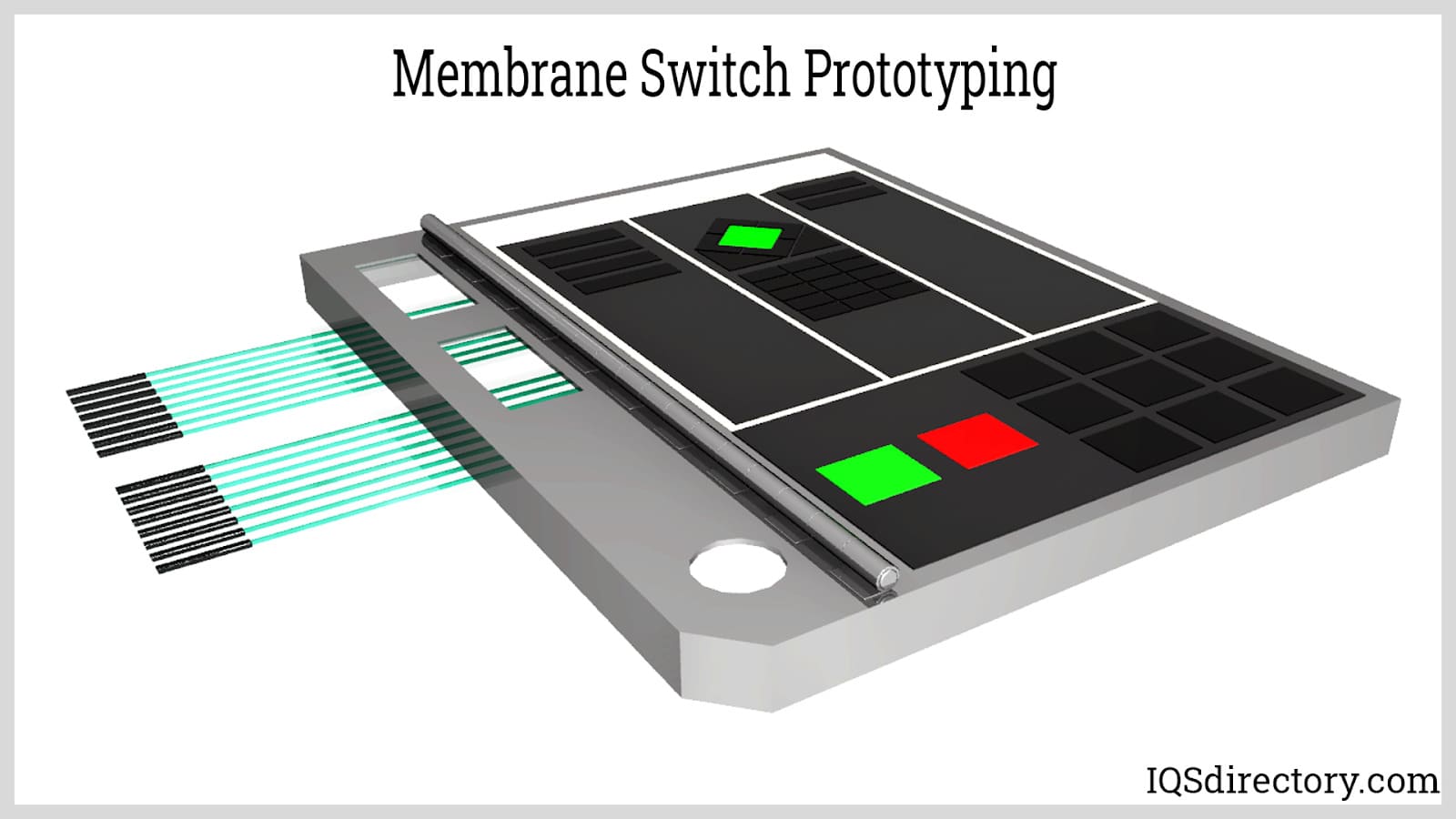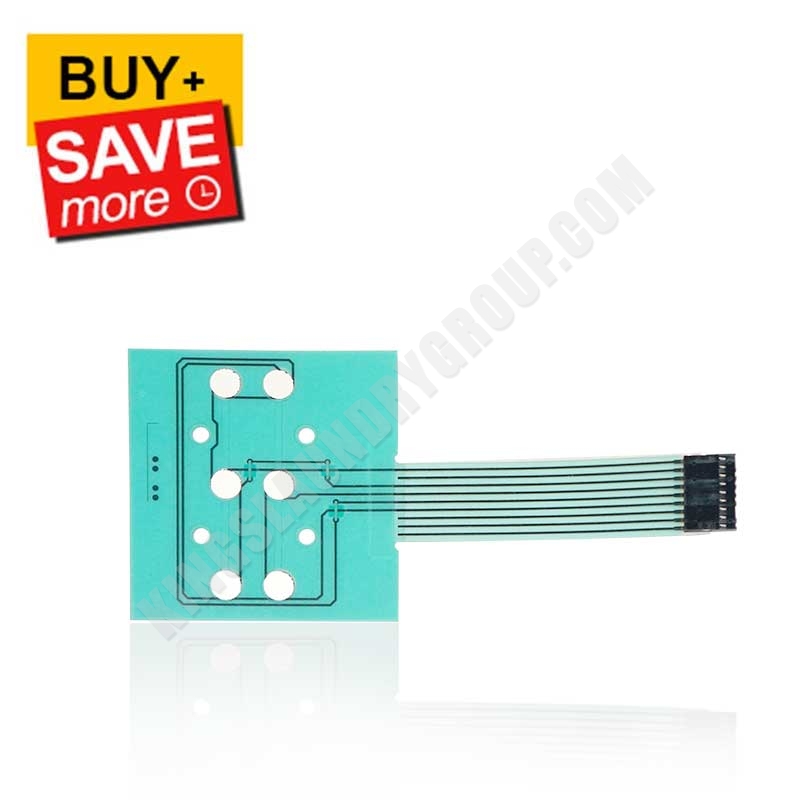Explore Different Types of Membrane Switch Technologies for Your Needs
Explore Different Types of Membrane Switch Technologies for Your Needs
Blog Article
Recognizing the Capability of Membrane Changes for Interface Gadget
The capability of membrane layer changes stands for a substantial innovation in interface design, combining performance with aesthetic flexibility. These buttons operate via a multi-layered framework that equates individual interactions right into electrical signals, enabling both small layouts and resilience versus environmental aspects. As industries significantly prioritize customer experience, comprehending the nuances of membrane layer switch innovation becomes crucial. What ramifications do these developments hold for future applications, and how might they redefine individual communications throughout different devices?
What Are Membrane Buttons?
Membrane layer switches are innovative interface gadgets that assist in customer communication with digital devices. These flexible elements include numerous layers, consisting of a visuals overlay, spacer, and a published circuit layer. The layout allows for a smooth integration right into various electronic devices, enhancing both the aesthetic and functional aspects of interface.
Membrane layer buttons are commonly used in a vast array of applications, from home home appliances to commercial equipment and medical gadgets. Their building and construction generally features a slim account, making them a perfect option for small designs. The tactile comments supplied by these switches can be engineered to satisfy particular user choices, guaranteeing efficient communication between the user and the gadget.
Toughness is one more substantial advantage of membrane buttons, as they are resistant to dust, dampness, and chemicals, which improves their life-span popular atmospheres. Additionally, these buttons can be customized in regards to shape, size, and graphic style, enabling branding and user-specific functions. Generally, membrane layer changes stand for a functional solution for enhancing customer experience in electronic tools, integrating functionality with visual charm in an efficient way.
How Membrane Layer Switches Job
Operating on a straightforward concept, membrane changes make use of a layered building and construction to register customer input efficiently. Each button consists of several layers, consisting of a printed circuit layer, a spacer layer, and a leading graphic layer, which are created to collaborate seamlessly. When an individual presses the top layer, it compresses the spacer layer, bringing the conductive aspects of the circuit layer right into contact with each other.
This contact produces a closed circuit, indicating the gadget to perform a certain feature. The layout permits various setups, consisting of responsive feedback, which can improve the user experience by providing a physical experience upon activation. The products used in membrane layer buttons often include adaptable substratums, such as polyester or polycarbonate, which ensure sturdiness and strength versus wear and tear.

Trick Advantages of Membrane Switches

One more considerable advantage is their compactness. Membrane layer buttons are thin and light-weight, which allows makers to save room in their gadgets without sacrificing capability. This function is specifically helpful in applications where weight and volume are critical factors to consider.
Additionally, membrane layer switches are resistant to dust, dampness, and chemicals, enhancing their durability. This durability expands their life-span and decreases the demand for frequent substitutes, resulting in cost financial savings click over here over time.
In addition, the tactile comments offered by membrane buttons can be maximized to enhance user interaction. They can consist of attributes such as elevated switches or distinct clicks, improving functionality and customer experience.
Applications Across Industries
Customer user interface devices using membrane layer switches are common in a vast range of sectors, showcasing their adaptability and capability. Membrane Switch. In the you can try here clinical industry, membrane layer switches are important to gadgets such as analysis devices and person monitoring systems, where their toughness and convenience of cleaning are essential for preserving health criteria. In a similar way, in the automotive industry, these switches are employed in dashboard controls and infotainment systems, supplying a streamlined and modern-day interface for individuals.
Furthermore, the consumer electronics industry benefits from membrane switches in appliances and portable tools, where portable layout and straightforward user interfaces improve individual experience. Industrial applications likewise leverage membrane switches over for control board in equipment and automation systems, highlighting their toughness and resistance to severe environments.
In the aerospace and defense sectors, membrane layer buttons are used in cockpit controls and tools, where integrity and efficiency under extreme conditions are extremely important. In addition, the video gaming market progressively incorporates membrane buttons in controllers and game devices, contributing to an interesting customer experience. Generally, the adaptability of membrane switches over enables their widespread usage throughout various sectors, emphasizing their relevance in modern interface style.
Future Trends in Membrane Layer Change Technology

Furthermore, making use of sophisticated materials, such as polycarbonate and polyester films, is expected to rise, providing enhanced longevity and resistance to environmental stressors. These materials add to the total durability of membrane switches, making them suitable for harsher industrial applications.
In addition, the unification of smart innovation, consisting of IoT connection, will certainly make it possible for membrane layer buttons to communicate with other devices and systems, assisting in a much more interactive customer experience. This fad straightens with the expanding demand for smart gadgets across numerous sectors, from healthcare to consumer electronics.
Lastly, customization options are anticipated to expand, permitting manufacturers to create bespoke remedies tailored to specific user demands and choices. These growths will certainly position membrane switches as crucial parts in the advancement of individual interface innovation.
Final Thought
To conclude, membrane switches over stand for an essential development in interface technology, supplying a reliable and functional option for diverse electronic applications. Their layered building and construction assists in compact layout, while attributes such as tactile comments enhance customer interaction. The durability versus environmental factors better solidifies their energy throughout multiple markets. As advancements in product science and touch picking up innovations proceed, the performance and applicability of membrane buttons are expected to increase, reinforcing their value in contemporary digital devices.
Report this page